Choosing the right ski size doesn’t have to be complicated. Whether you're new to skiing or a seasoned pro, finding the right fit is all about balancing height, weight, skill level, and terrain preferences. Here's the quick takeaway:
- Shorter skis are easier to control and great for beginners or casual skiers.
- Longer skis provide stability at high speeds, perfect for advanced riders tackling steep slopes.
- Snowfeet offers a simpler option with compact, lightweight short skis that fit in a backpack and work with regular winter boots.
If you’re tired of bulky gear and complicated setups, Snowfeet’s short ski lineup could be your answer. They’re fun, portable, and work for most skill levels and terrains. Scroll down for a size chart and tips to find your perfect match!
All-Mountain Skis vs Snowfeet* Products
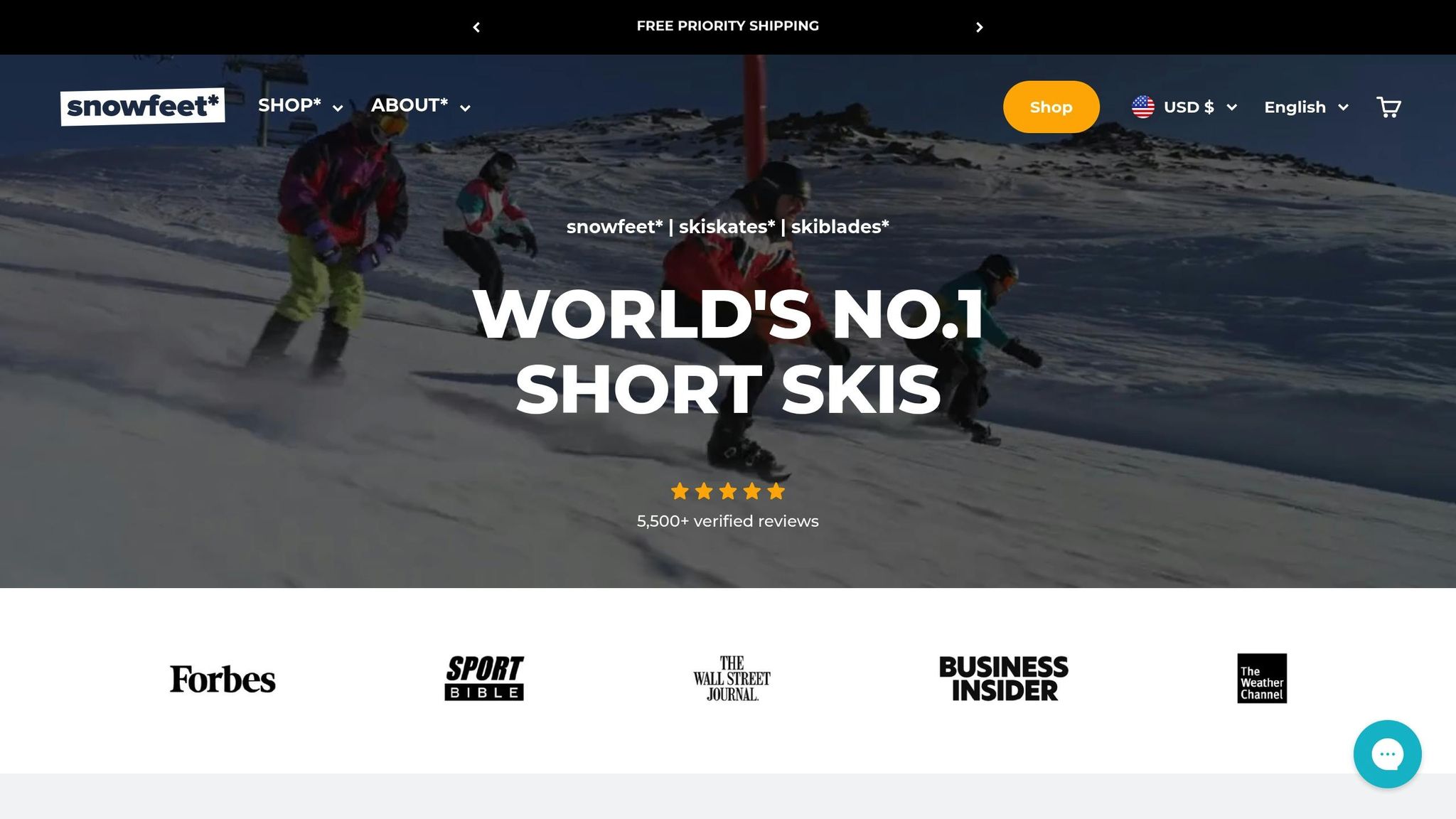
What Are All-Mountain Skis?
All-mountain skis, from well-known brands like Rossignol, Salomon, and K2, are designed to handle various terrains. They typically measure between 150 and 180 cm in length, with waist widths of 80–100 mm. But here's the catch: they require separate boots, bindings, and skis. That means more gear to buy, manage, and - let's be honest - lug around. Enter Snowfeet*, a game-changer in the ski world.
Snowfeet*: Short Ski Design
Snowfeet* flips the script on traditional skiing with its compact and lightweight short ski design. Forget about hauling bulky gear - these are so portable they can fit right in your backpack. Take the Snowfeet Mini Ski Skates, for example. At just 38 cm (15 inches) long, they're the perfect blend of portability and performance.
What’s even better? Snowfeet* products work with your regular winter shoes or snowboard boots, so you can skip the hassle of specialized ski boots and bindings. The Snowfeet PRO model, measuring 50 cm, offers an extra boost in performance while keeping the easy-to-carry, grab-and-go vibe intact.
The lineup has something for everyone, whether you're a beginner or a seasoned skier:
- 44 cm Skiskates: With a durable wood core, they’re built for solid performance.
- 65 cm Skiblades: Perfect for carving turns or hitting the snowpark.
- 99 cm Skiblades (Standard and POWDER versions): Designed for versatility and nimble movement across different terrains.
This innovative approach makes Snowfeet* a strong contender against traditional ski setups.
Snowfeet* vs Traditional Skis: Why Short Skis Make Sense
Traditional skis come with their fair share of challenges - extra gear, higher costs, and more upkeep. Snowfeet* takes a different approach, focusing on simplicity and versatility. Here’s how they stack up:
- Portability: Snowfeet* products are compact enough to toss in a backpack. Compare that to traditional skis, which often need roof racks or oversized bags just to transport.
- Ease of Use: Short skis are less intimidating for beginners and make turning a breeze. The streamlined design helps users gain confidence and control faster than with longer skis.
- Cost-Effectiveness: A full traditional ski setup - skis, boots, bindings, and poles - can get pricey. Snowfeet* simplifies things with affordable options like the Mini Ski Skates starting at $150 and the Snowfeet PRO at $199, offering great performance without breaking the bank.
- Versatility: All-mountain skis are typically built for groomed resort slopes. Snowfeet*, on the other hand, can handle a mix of surfaces - mountain trails, parks, even your backyard - giving you more ways to enjoy winter.
- Low Maintenance: Traditional skis demand regular waxing, edge tuning, and other professional services. Snowfeet* products? They’re low-maintenance, with accessories starting at just $6.
Snowfeet* isn’t just a piece of gear; it’s a fresh way to experience the slopes, trails, and beyond. Whether you're looking for convenience, affordability, or a fun alternative to traditional skiing, Snowfeet* has you covered.
The RIGHT Size SKI: What Size Should You BUY?
Key Factors for Sizing Your All-Mountain Skis
Finding the right ski size means considering three main things: your height and weight, skill level, and where you plan to ski. Getting these right can make all the difference, whether you're going for the traditional long skis or the shorter, more portable options perfected by Snowfeet*. Let’s break it down.
Height and Weight
Your height and weight play a big role in ski performance. Generally, heavier skiers need longer skis for better stability and control, while lighter skiers can handle shorter ones more easily. For example, a skier who’s 6 feet tall and weighs 140 lbs will need a different size than someone the same height but weighing 200 lbs.
Snowfeet* takes the guesswork out of this. Their Mini Ski Skates (38 cm/15 inches) are designed to work for riders between 110–220 lbs, making sizing simpler. If you need something even more versatile, the Snowfeet PRO (50 cm) accommodates a broader weight range and is compact enough to fit in a backpack. Once you’ve considered your measurements, it’s time to factor in your skill level.
Skill Level
Your experience on the slopes also determines the right ski length. Beginners tend to do better with shorter skis - about chin height. Why? They’re easier to control, more forgiving, and help build confidence. Beginner-friendly skis often have a softer flex, narrower waist, and a lightweight core, making them easier to turn.
Intermediate skiers should look for skis around nose height. This length strikes a balance between stability and maneuverability, perfect for improving technique and tackling blue or red runs.
Advanced and expert skiers can go for longer skis - up to the top of their head or even 5–15 cm taller. These skis excel in high-speed stability and steep terrain. High-performance models often feature stiffer constructions with materials like metal or carbon for added power, though they can be trickier to handle at slower speeds.
Snowfeet* offers options for all skill levels. The 44 cm Skiskates feature a durable wood core for solid performance across the board. On the other hand, the 65 cm Skiblades are perfect for carving turns, whether you’re just starting out or already shredding the slopes. Their shorter design makes them forgiving for beginners but playful and agile for seasoned skiers.
Terrain and Usage Preferences
Where and how you plan to ski is another important factor. Your riding style should guide your choice.
- All-Mountain Skis: These are designed for versatility, handling everything from groomed slopes to powder. They often feature camber underfoot for precise turns and rocker at the tips for better float in soft snow.
- Groomed Slopes: Skis with a cambered profile and narrow waist are ideal for carving. Shorter skis make quick turns easy, while longer skis offer stability at higher speeds.
- Park and Freestyle Skis: Built for tricks, these skis (often center-mounted) are shorter for better maneuverability in tight spaces.
Snowfeet* products adapt to all these terrains without needing multiple pairs. The 99 cm Skiblades are available in Standard and POWDER versions, offering flexibility whether you’re carving groomed trails, exploring the backcountry, or hitting the terrain park. They’re designed to keep up with your style, wherever you decide to go.
With Snowfeet*, you’re not locked into one type of skiing. One pair can handle mountain trails, resort slopes, or even the hill in your backyard. Unlike traditional skis that may limit you to specific conditions, Snowfeet* gives you the freedom to explore wherever the snow takes you.
All-Mountain Ski Size Chart: Find Your Perfect Fit
Picking the right ski size doesn’t have to feel like solving a math problem. Snowfeet* makes it easy with their short ski designs, offering a straightforward sizing approach.
How to Use the Ski Size Chart
Here’s how you can find your ideal fit:
- Step 1: Locate your height in the left column.
- Step 2: Match it with your weight category across the top.
- Step 3: Adjust based on your skill level and preferred terrain.
| Height | Weight 110-140 lbs | Weight 140-180 lbs | Weight 180-220 lbs | Snowfeet* Recommendation |
|---|---|---|---|---|
| 5'0" - 5'4" | Traditional: 140-150 cm | Traditional: 145-155 cm | Traditional: 150-160 cm | Mini Ski Skates (38 cm) or Snowfeet PRO (50 cm) |
| 5'4" - 5'8" | Traditional: 150-160 cm | Traditional: 155-165 cm | Traditional: 160-170 cm | Skiskates (44 cm) or Skiblades (65 cm) |
| 5'8" - 6'0" | Traditional: 160-170 cm | Traditional: 165-175 cm | Traditional: 170-180 cm | Skiblades (65 cm) or Skiblades (99 cm) |
| 6'0" - 6'4" | Traditional: 170-180 cm | Traditional: 175-185 cm | Traditional: 180-190 cm | Skiblades (99 cm) or Short Skis (120 cm) |
What makes Snowfeet* stand out is their flexible sizing. Unlike traditional skis, which demand precision and can leave you second-guessing, Snowfeet* products are designed to work across a range of heights and weights. This means you can focus more on picking the right model for your style and terrain.
Snowfeet* Product Models and Sizes
Here’s a quick rundown of the Snowfeet* lineup to help you decide:
- Mini Ski Skates (38 cm) – $150
- Snowfeet PRO (50 cm) – $199
- Skiskates (44 cm) – $390
- Skiblades (65 cm) – $450
- Skiblades (99 cm) – $490
- Short Skis (120 cm) – $690
Mini Ski Skates (38 cm/15 inches)
Compact and ultra-portable, these fit in a backpack and pair with regular winter shoes. Ideal for beginners, casual riders, or anyone who values convenience.
Snowfeet PRO (50 cm/19.7 inches)
Offering more stability than the Mini Ski Skates, these still keep portability in mind. With adjustable bindings and various colors, they’re a great step up for riders looking for better performance.
Skiskates (44 cm/17.3 inches)
Built with a wood core construction, these are designed for serious use on ski slopes. They’re durable and perfect for regular mountain adventures.
Skiblades (65 cm/25.6 inches)
These strike a balance between carving and snowpark riding. They’re long enough for smooth turns but short enough to maintain agility, making them a favorite for playful riders.
Skiblades (99 cm/39 inches)
Available in Standard and POWDER versions, this length offers versatility for all terrains. The POWDER version is specially crafted for deeper snow, where shorter skis might struggle.
Short Skis (120 cm/47.2 inches)
The longest in the Snowfeet* range, these provide a skiing experience closer to traditional setups while still being shorter and easier to handle. They’re perfect for those who want the benefits of short skis without giving up too much length.
Why Choose Snowfeet*?
One of the best things about Snowfeet* is their consistent sizing approach. If you fit into one model, you’ll likely fit into others as well. This means your decision boils down to performance and personal preference, not a complicated sizing chart.
And let’s talk value. Starting at just $150, Snowfeet* products are often cheaper than a single day’s rental at a ski resort. Even their top-tier Short Skis, priced at $690, come in well below the cost of traditional setups when you factor in bindings and mounting. It’s an affordable way to hit the slopes without sacrificing quality or fun.
sbb-itb-17ade95
Snowfeet* vs Traditional Skis and Snowboards: Sizing and Performance Comparison
Traditional ski and snowboard setups can feel like a hassle. Long skis, bulky boards, and the need for specialized gear can make the process of gearing up for the slopes overwhelming - not to mention the cost and storage space required. Snowfeet* flips the script with a simpler, more compact design that’s all about fun, ease, and versatility.
Comparison Table: Snowfeet* vs Traditional Skis/Snowboards
| Feature | Traditional Skis & Snowboards | Snowfeet* Products |
|---|---|---|
| Length Range | 150–190 cm (59–75 inches) for skis, 140–170 cm (55–67 inches) for snowboards | 38–120 cm (15–47 inches), designed for all types of users |
| Weight | Heavy and cumbersome | Lightweight and easy to carry |
| Learning Curve | Takes days to build basic skills | Quick to learn, ideal for beginners |
| Portability | Requires roof racks or large bags | Fits in a backpack with ease |
| Boot Compatibility | Limited to specific boots, often expensive | Works with winter shoes, ski boots, or snowboard boots |
| Price Range | Several hundred to over a thousand dollars for a full setup | $150 to $690 for a complete package |
| Storage Space | Needs a large closet or garage | Small enough for a shelf or under-bed storage |
| Terrain Flexibility | Best for groomed slopes | Works on slopes, parks, trails, and even the backyard |
This table breaks down the differences, but let’s dig into how these features affect your time on the slopes. Snowfeet* simplifies the experience, offering lower costs, less hassle, and more flexibility.
Why Snowfeet* Stands Out
Shorter skis mean better maneuverability, faster transitions, and less fatigue after a full day of shredding the slopes. Snowfeet* is designed so that even first-timers can start carving and controlling their ride in no time. For seasoned skiers, they bring a new level of agility and excitement to the mountain.
Versatility is where Snowfeet* really shines. While traditional skis and snowboards are mostly limited to groomed runs, Snowfeet* handles a variety of terrains. Whether you’re cruising down prepared slopes, hitting a terrain park, exploring hiking trails, or just playing around in your snowy backyard, these products adapt to your surroundings with ease.
Maintenance? It’s a breeze. Forget the frequent tuning that traditional skis require - Snowfeet* only need the occasional waxing to stay in top shape.
But perhaps the best part is how Snowfeet* brings people together. They’re perfect for families and groups, eliminating the gap between beginners and experts. Everyone can enjoy the slopes side by side, making your winter outings more fun and inclusive.
Snowfeet* isn’t just about simplifying winter sports - it’s about making them more accessible, affordable, and enjoyable for everyone. Whether you're a newbie or a seasoned pro, they’re built to enhance your time on the mountain without the usual complications.
Practical Tips for Sizing and Common Mistakes to Avoid
Choosing the right size for Snowfeet* short skis is straightforward. Thanks to their forgiving design, they cater to a variety of skill levels and body types.
Tips for Picking the Right Size
Start small and grow with your skills. If you’re new to short skis, the 38 cm Mini Ski Skates are a great starting point. They’re perfect for beginners who want more control and confidence. As you get more comfortable, you can move up to the 50 cm PRO or 65 cm Skiblades for a more dynamic experience.
Think about where you’ll be skiing. Planning to stick to flat terrain or parks? Shorter models like the 38–50 cm range are ideal for quick turns and tricks. If you’re tackling steeper slopes or want more stability at higher speeds, longer options like the 99 cm Skiblades or 120 cm Short Skis are better suited to your needs - offering stability without losing the compact benefits.
Don’t stress over weight adjustments. Unlike traditional skis, Snowfeet* short skis come with adjustable bindings that accommodate different boot sizes and minor weight variations. This makes them super user-friendly without sacrificing performance.
Match your choice to your goals. For cautious beginners, the 38 cm Mini Ski Skates make learning easy and less intimidating. On the other hand, experienced skiers looking for something fresh and fun will enjoy the balance of performance and novelty offered by models like the 65 cm or 99 cm Skiblades.
These tips should make size selection a breeze, but it’s also worth noting a few common mistakes people make when choosing their first pair.
Common Sizing Mistakes
Going too long, too soon. It’s tempting to assume that the longest model is automatically the best. But starting with a longer ski can actually reduce maneuverability and make the experience less enjoyable. Shorter skis are easier to control and help reduce fatigue, especially for beginners.
Overthinking the size chart. Traditional ski sizing often involves detailed calculations based on height, weight, and skill level. Snowfeet* simplifies this process - most adults will find their ideal fit between the 44 cm Skiskates and 65 cm Skiblades, regardless of conventional sizing rules.
Thinking bigger is always better. In traditional skiing, longer skis are often associated with better performance. Snowfeet* turns that idea on its head. For example, the 99 cm POWDER model is great for deep snow, but the compact 44 cm Skiskates can handle similar conditions with a playful, energetic style that many users prefer.
Buying multiple sizes right away. Unlike traditional setups where you might need different skis for different conditions, a single pair of Snowfeet* short skis is versatile enough for most activities. It’s better to start with one pair, see how they fit your style, and then decide if you want to expand your collection.
Overanalyzing the decision. Snowfeet* are designed to be simple and forgiving. Their compact size makes them easy to transport, store, and even resell if you decide to try a different model. Plus, the learning curve is gentle, so finding your perfect size doesn’t have to be a stressful process.
The beauty of Snowfeet* is that they work with your existing winter boots, ski boots, or snowboard boots, keeping things simple and accessible. So, pick a size, hit the slopes, and enjoy the ride!
Conclusion: Why Snowfeet* Could Be Your Next Winter Sports Gear
Snowfeet* takes the hassle out of ski sizing with its clever short ski design, skipping the need for complicated charts and letting you focus on enjoying the slopes.
From the compact Mini Ski Skates (38 cm, $150) to the versatile Short Skis (120 cm, $690), Snowfeet* offers options that deliver top-notch performance without the hefty price tag or the complexity of traditional ski setups.
They’re also flipping the script on the “longer skis are better” mindset. These shorter skis bring agility, an easier learning curve, and reliable performance. Whether you're carving up groomed runs or floating through powder on the 99 cm POWDER model, Snowfeet* proves that less can be more.
What’s even better? They work with your regular winter boots - no need for pricey fittings or extra gear. Plus, their lightweight, portable design means you can toss them in a backpack and head out, whether it’s for a trail, your backyard, or the local ski hill.
With a design that’s forgiving for beginners yet rewarding for seasoned skiers, Snowfeet* makes winter sports approachable and, let’s be honest, way more fun.
Ready to shake up your winter adventures? Pick your Snowfeet* model, hit the slopes, and see how these short skis can change the game.
FAQs
How do I choose between traditional all-mountain skis and Snowfeet products based on my skiing style and skill level?
Choosing Between Traditional All-Mountain Skis and Snowfeet Products
Deciding between traditional all-mountain skis and Snowfeet products really comes down to your skill level, goals, and how you like to enjoy the slopes. Snowfeet gear stands out for being compact, lightweight, and super easy to use. It’s a fantastic option for beginners, casual skiers, or anyone who loves gear that's versatile and convenient. With lengths ranging from just 17 to 47 inches, these shorter skis are less intimidating and make learning quicker - whether you're navigating backcountry trails or hitting the snowpark. And the best part? They’re so portable you can toss them in a backpack.
On the flip side, traditional skis are the go-to for advanced skiers chasing high-speed thrills on groomed slopes. They deliver precision and stability, which seasoned skiers appreciate, but their size and weight can make them a bit challenging for beginners. If your main focus is having fun, keeping things simple, and being able to tackle a variety of terrains, Snowfeet products might just be your perfect fit.
Can Snowfeet products handle all types of winter terrain, including groomed slopes and deep powder?
Snowfeet products are all about versatility, making them a great fit for different winter terrains. Whether you're cruising down smooth slopes or tackling deep powder, they offer impressive control and are super easy to maneuver.
What sets Snowfeet apart from traditional skis or snowboards is their compact design. This smaller size gives you more agility, which is awesome for both beginners and seasoned riders who want a fun and lively ride. On top of that, their lightweight build makes them easy to handle, no matter the conditions.
What makes Snowfeet products a better choice than traditional skis when it comes to cost, portability, and ease of use?
Snowfeet products offer a smarter, more convenient way to enjoy winter sports compared to traditional skis. Let’s break it down.
Affordability is a major plus. Snowfeet doesn’t require pricey bindings or specialized gear, which means you can dive into the fun without breaking the bank. This makes them a great option for anyone looking to enjoy snowy adventures without the hefty price tag.
Then there’s portability. Snowfeet skiblades and skates are super lightweight and compact. Toss them into a backpack or suitcase, and you’re good to go. Compare that to traditional skis, which are bulky and often need special racks or carriers. Snowfeet is the clear winner for travel or those spur-of-the-moment trips to the slopes.
And let’s talk about how easy they are to use. Forget about dealing with complicated bindings or hours of training. Snowfeet is beginner-friendly and perfect for casual users who just want to have fun. Whether you’re cruising down slopes or wandering snowy trails, they deliver a simple, hassle-free way to enjoy winter.
In short, Snowfeet combines affordability, portability, and ease of use - making them a solid alternative to traditional skis for anyone craving a fun, no-fuss winter experience.














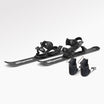






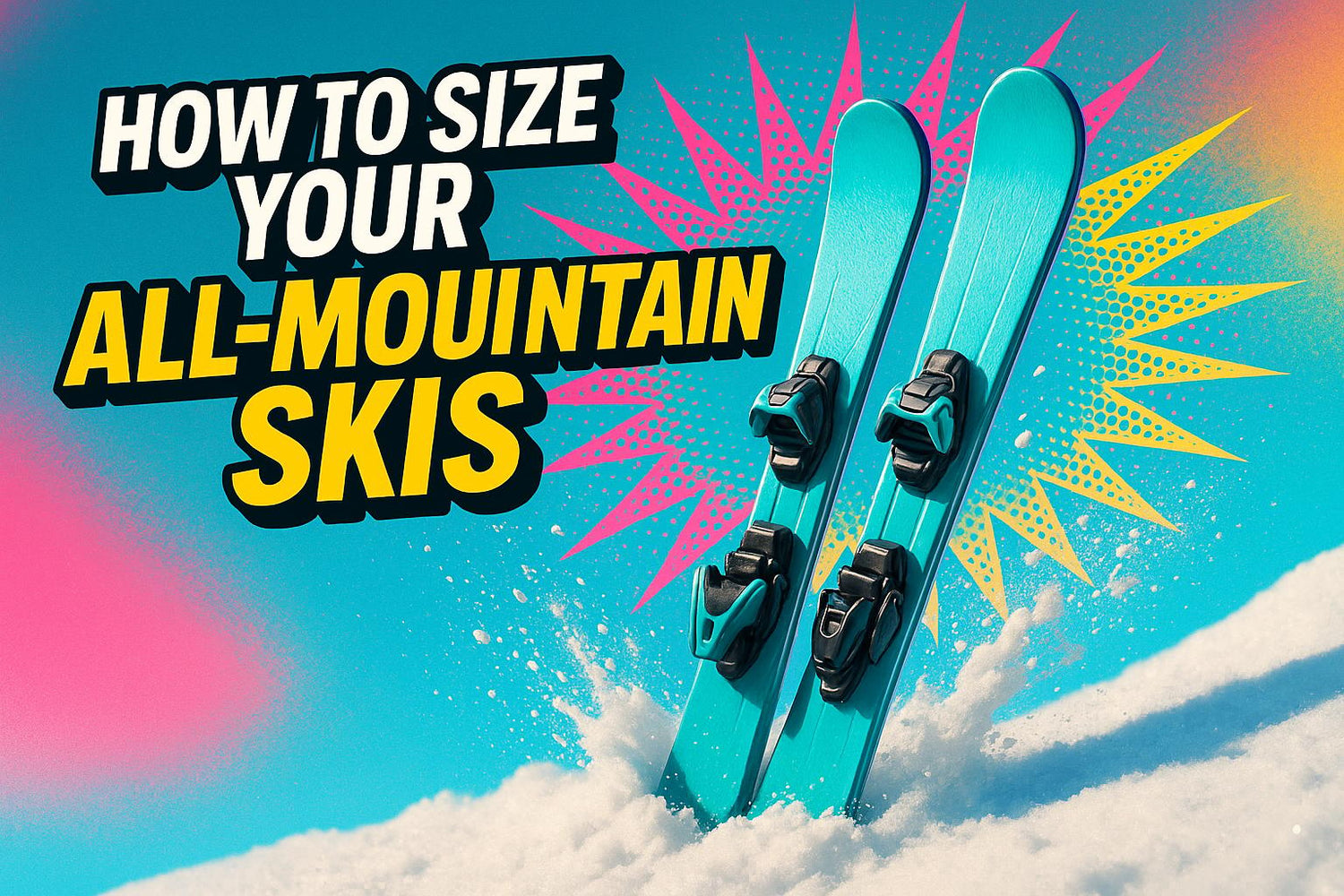
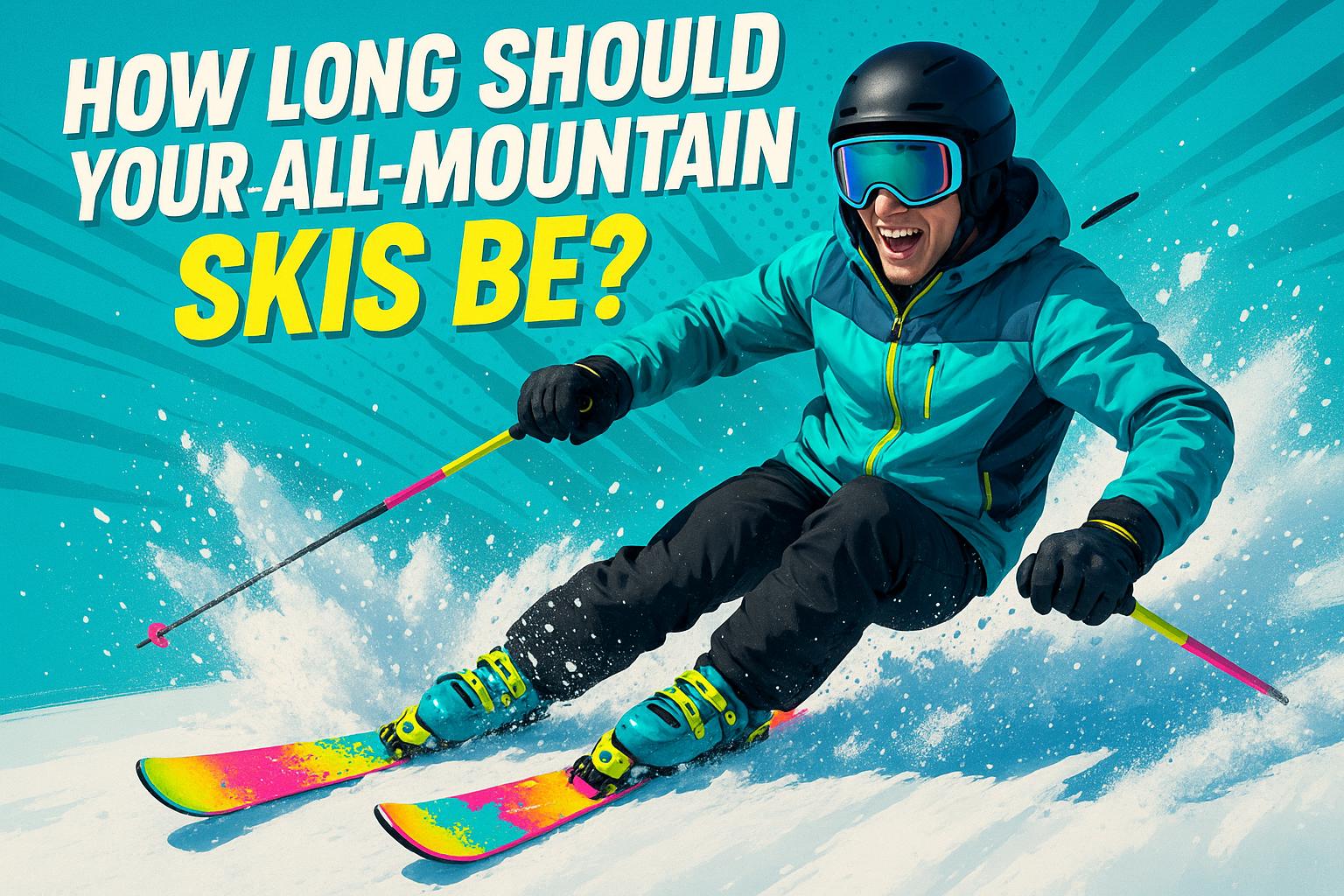
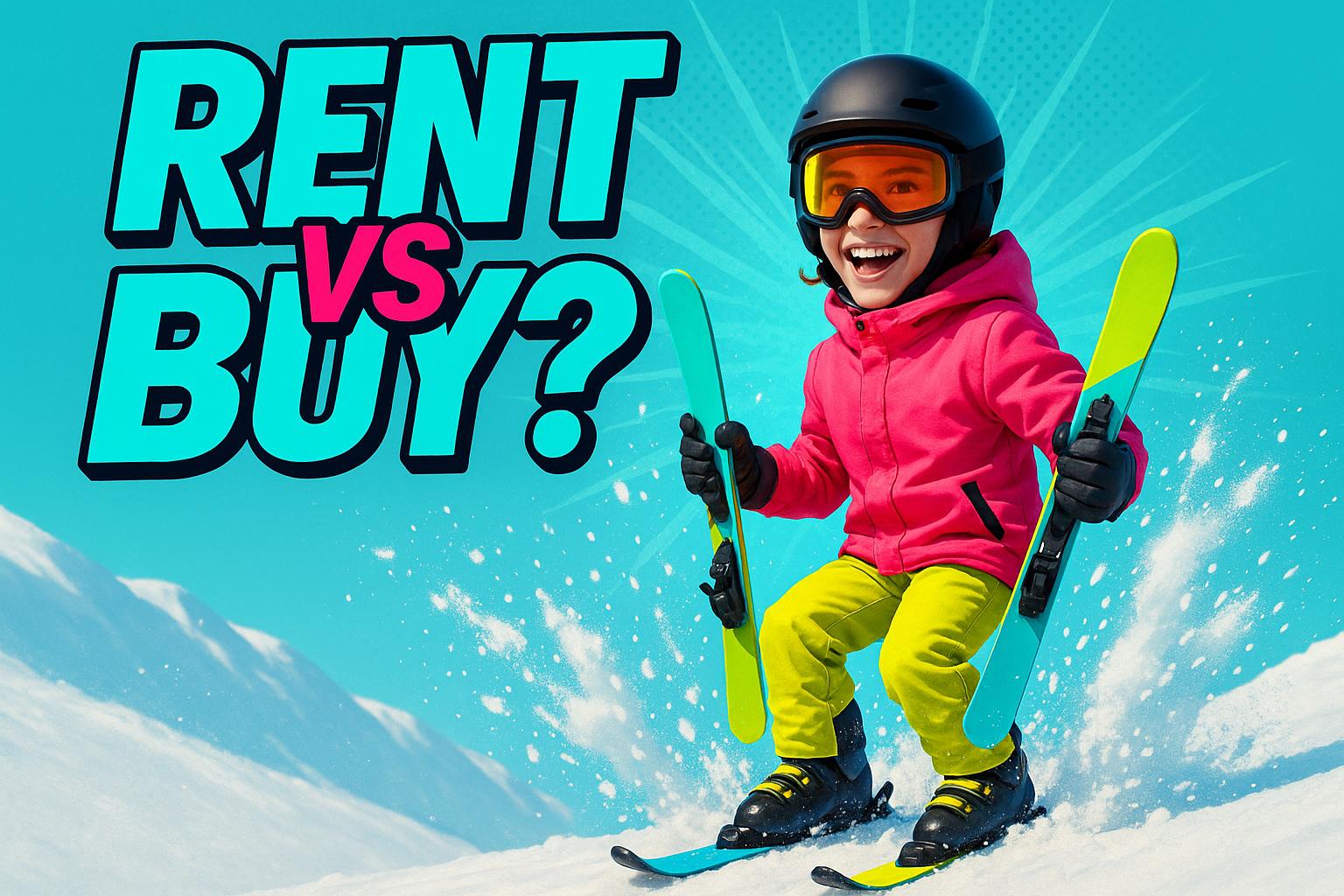










Leave a comment
This site is protected by hCaptcha and the hCaptcha Privacy Policy and Terms of Service apply.